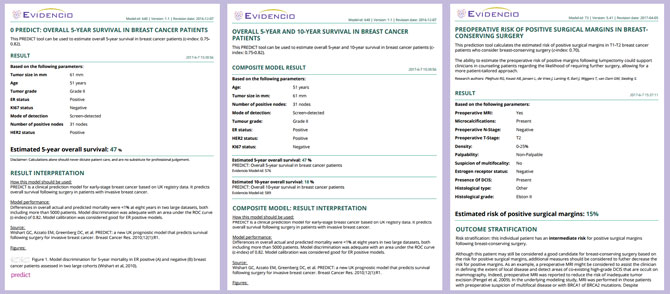Algorithms
Validations
Algorithms
Validations
About
Services
Login
Sign Up
With an Evidencio Community account you can:
- Create and publish your own prediction algorithms.
- Share your prediction algorithms with your colleagues, research group, organization or the world.
- Review and provide feedback on algorithms that have been shared with you.
- Validate your algorithms and validate algorithms from other users.
- Find algorithms based on Title, Keyword, Author, Institute, or MeSH classification.
- Use and save prediction algorithms and their data.
- Use patient specific protocols and guidelines based on sequential algorithms and decision trees.
- Stay up-to-date with new algorithms in your field as they are published.
- Create your own lists of favorite algorithms and topics.
A personal Evidencio account is free, with no strings attached!
Join us and help create clarity, transparency, and efficiency in the creation, validation, and use of medical prediction algorithms.











